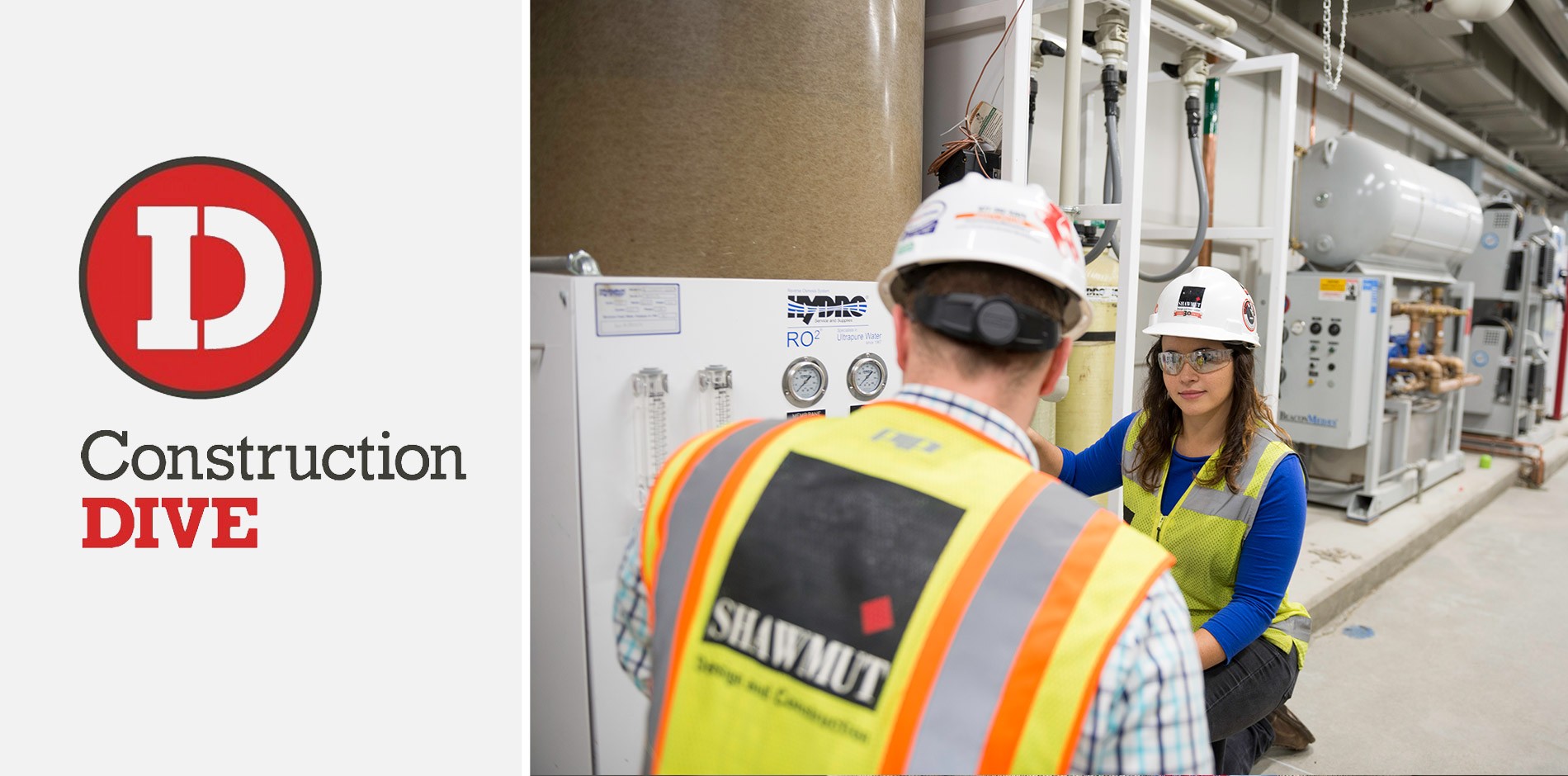Excerpt from Construction Dive
High accuracy and fast data capture have differentiated laser scanners from conventional measurement and mapping methods, particularly in construction, according to a December report from Transparency Market Research. The report noted the construction sector stands to reduce process costs and project labor hours as proliferation of the technology grows from a global market worth $959 million in 2016 to an estimated $2.5 billion by the end of 2023.
"We’re doing 3,600 scans per week in the U.S., Canada, and Mexico and still see a huge market for laser scanners," said Ken Smerz, CEO and president of Phoenix, AZ–based Eco3d, a provider of topographic, structural, mechanical, and architectural condition capture via laser scanner and other imaging technologies. "But there still aren’t a lot of line items in new construction budgets for laser scanning, so we’re seeing it mostly in retrofit and preservation."
Washington, D.C.’s Corcoran Gallery and the Astor family’s Beechwood Mansion in Newport, RI can be counted among the iconic adaptive reuse projects where laser scanning has provided the initial foundation for creating a full BIM model of as-built conditions on the job site.
To jumpstart the conversion of the 30,000-square-foot Beechwood into an art museum, Boston–based Shawmut Design and Construction shored up the structure, removed all the load bearing walls, then laser-scanned the shell and used the BIM output to replace the wood framing with a structural steel system.
"It was a pretty complex geometry because of the structure and angle of the roof," said Shawmut Virtual Construction Manager Tim Grant. "The laser scan output to BIM helped us to determine how to get larger beams inside the building all the way down to the spacing necessary for us to get torque wrenched positioned to fasten moment connections."
